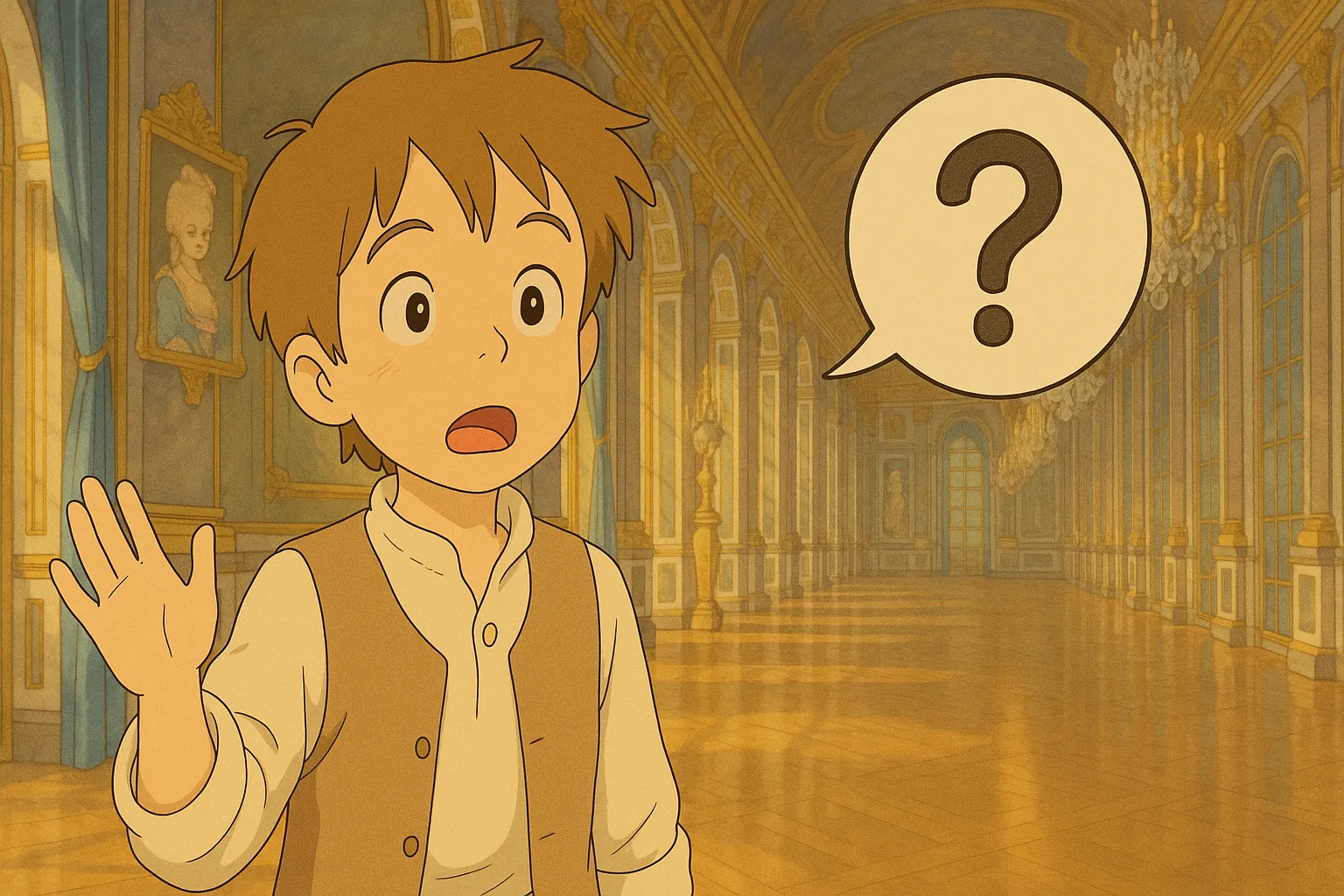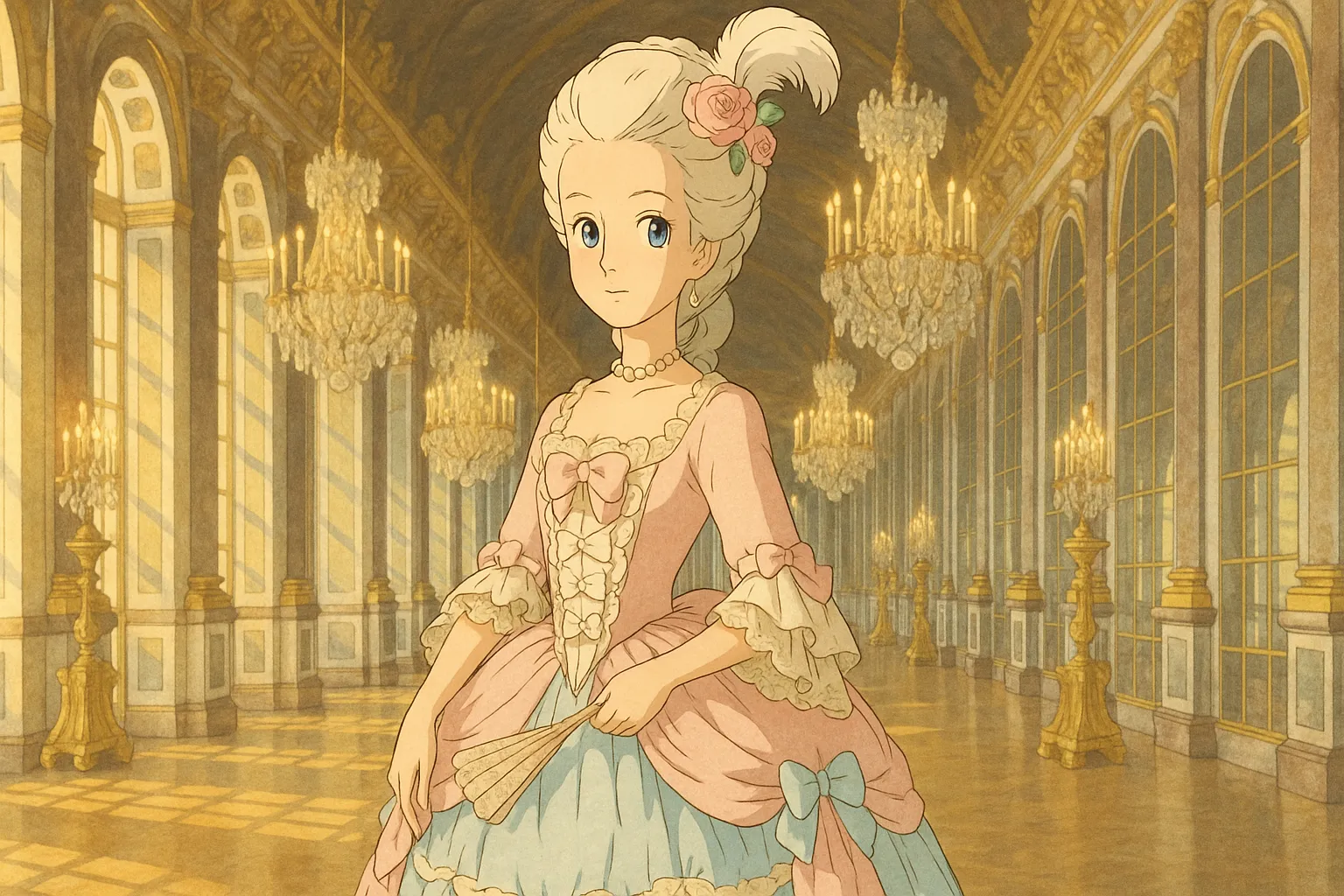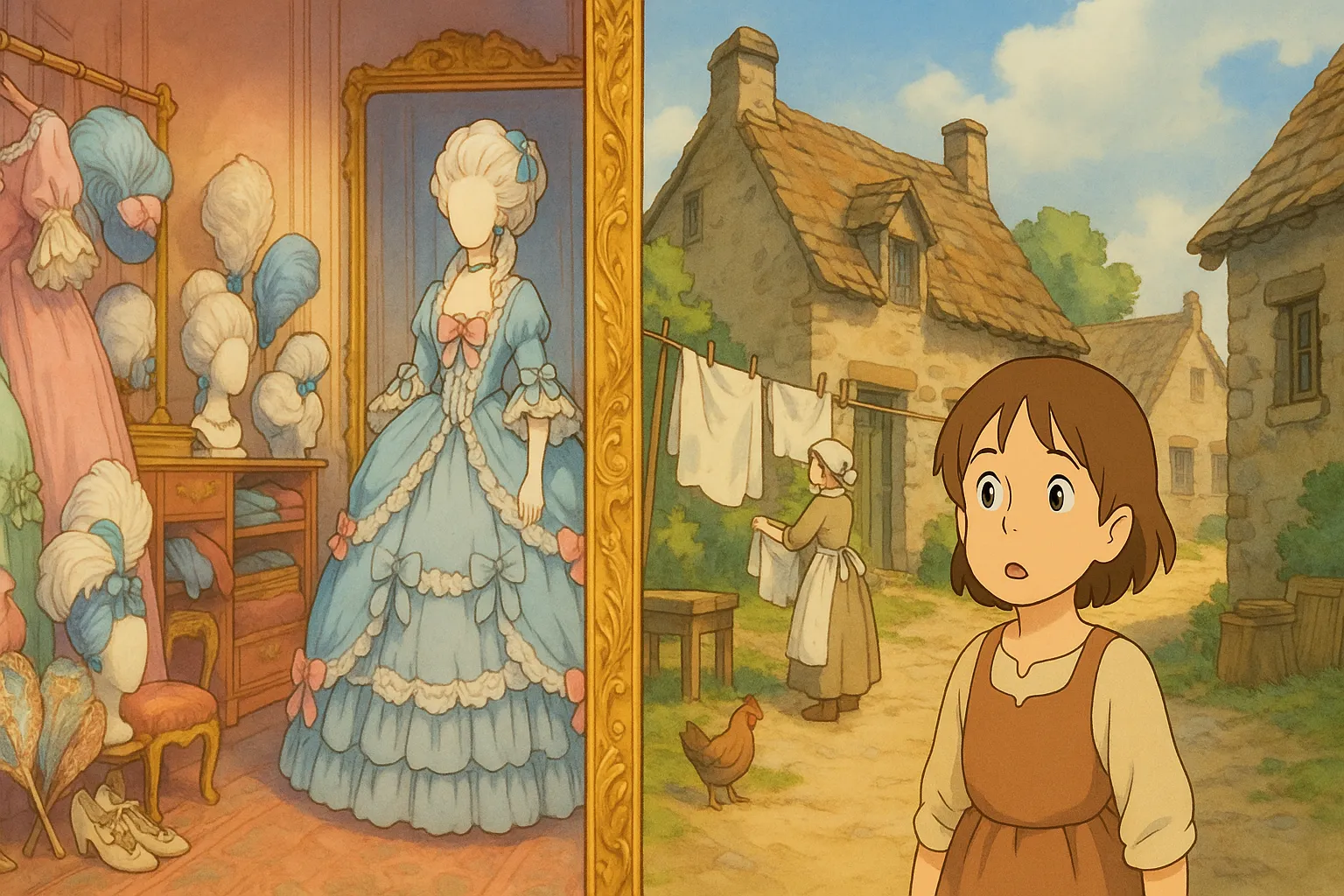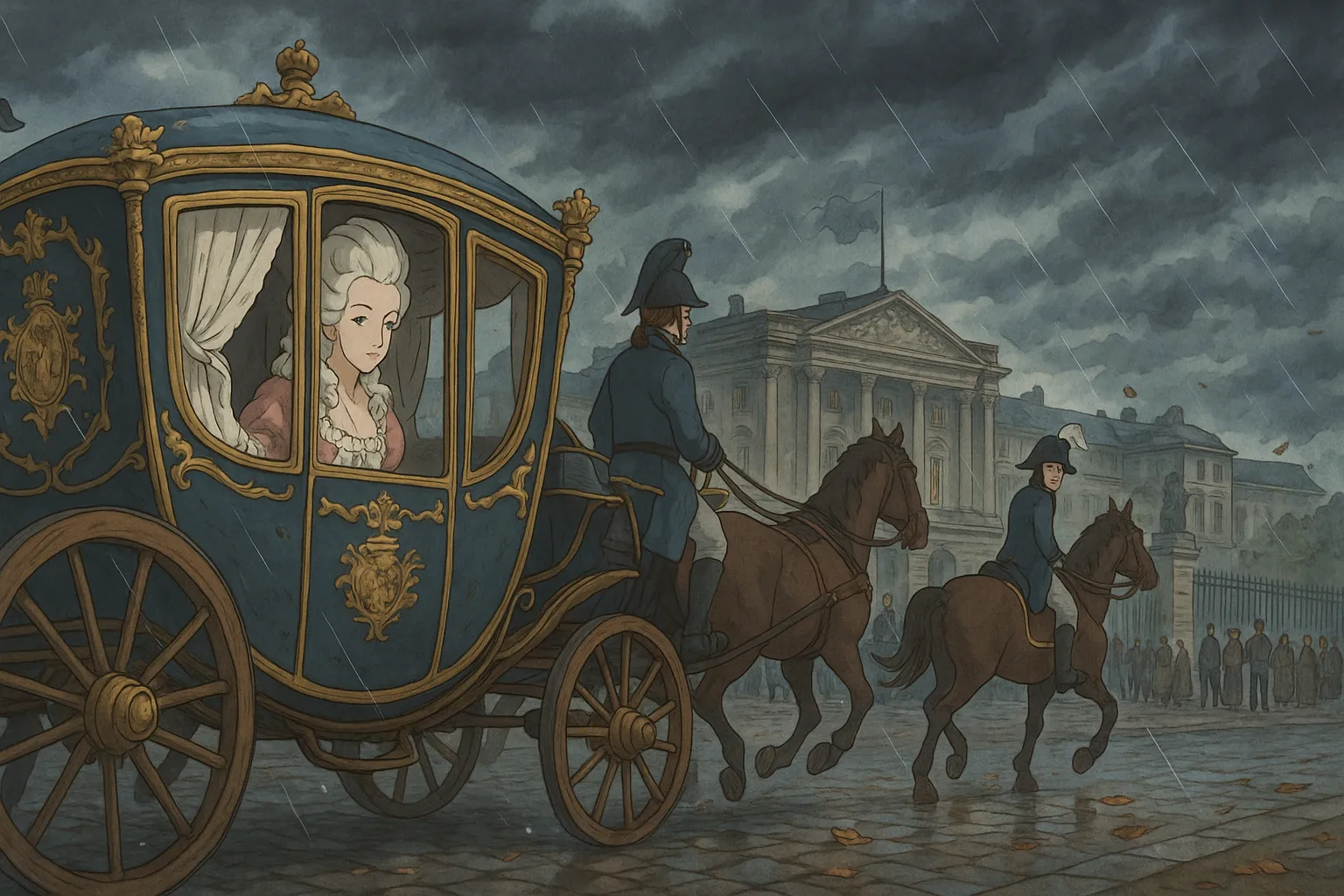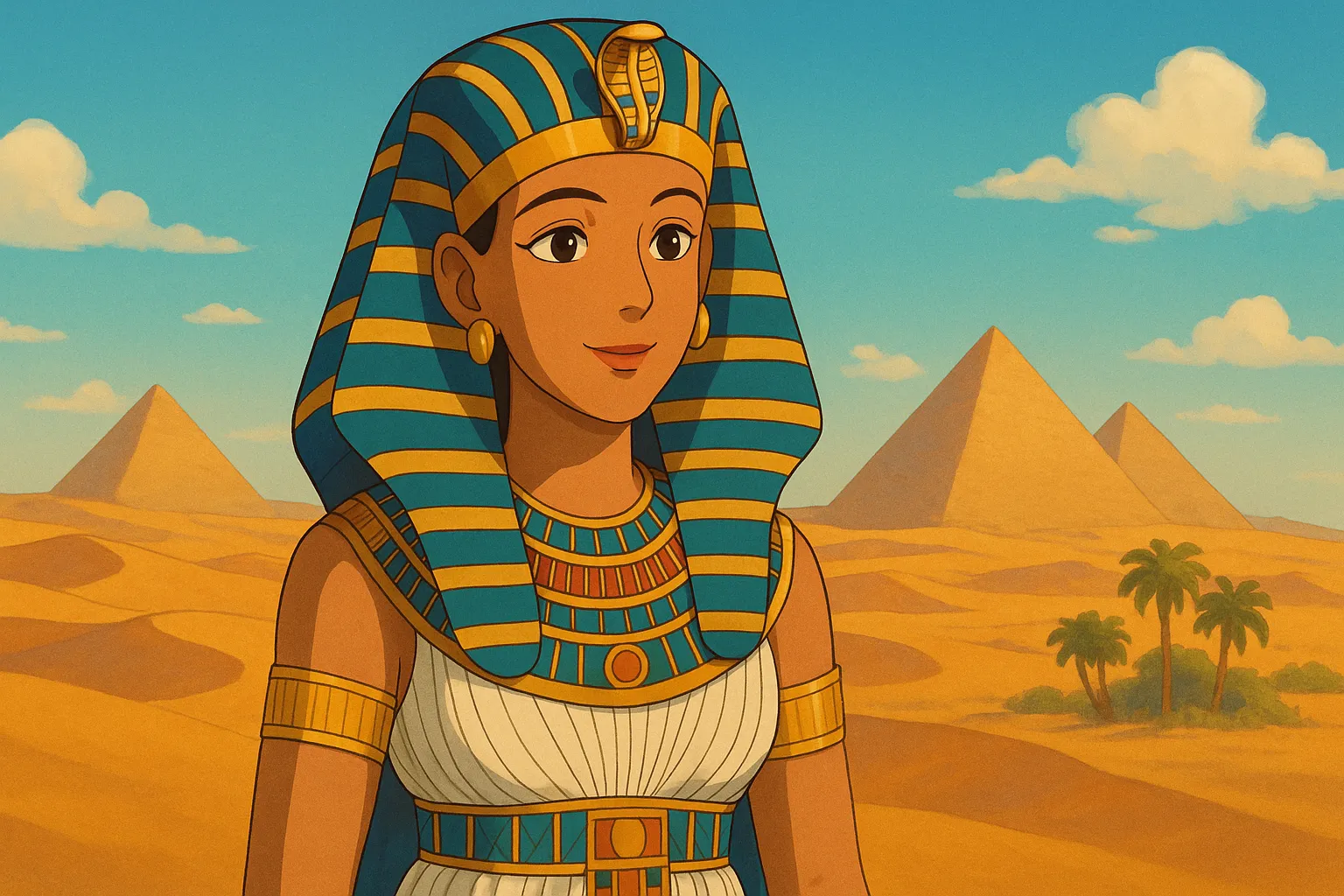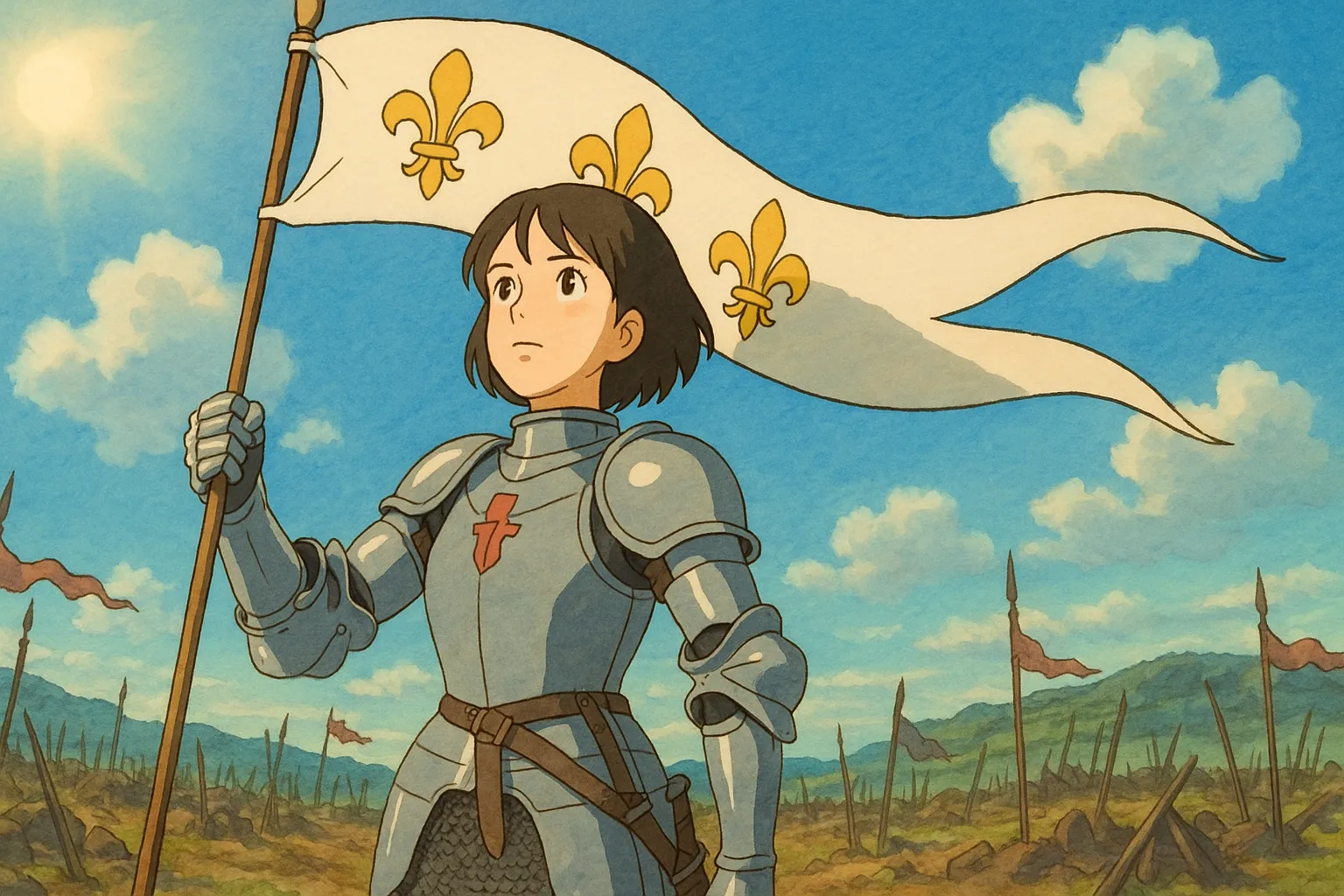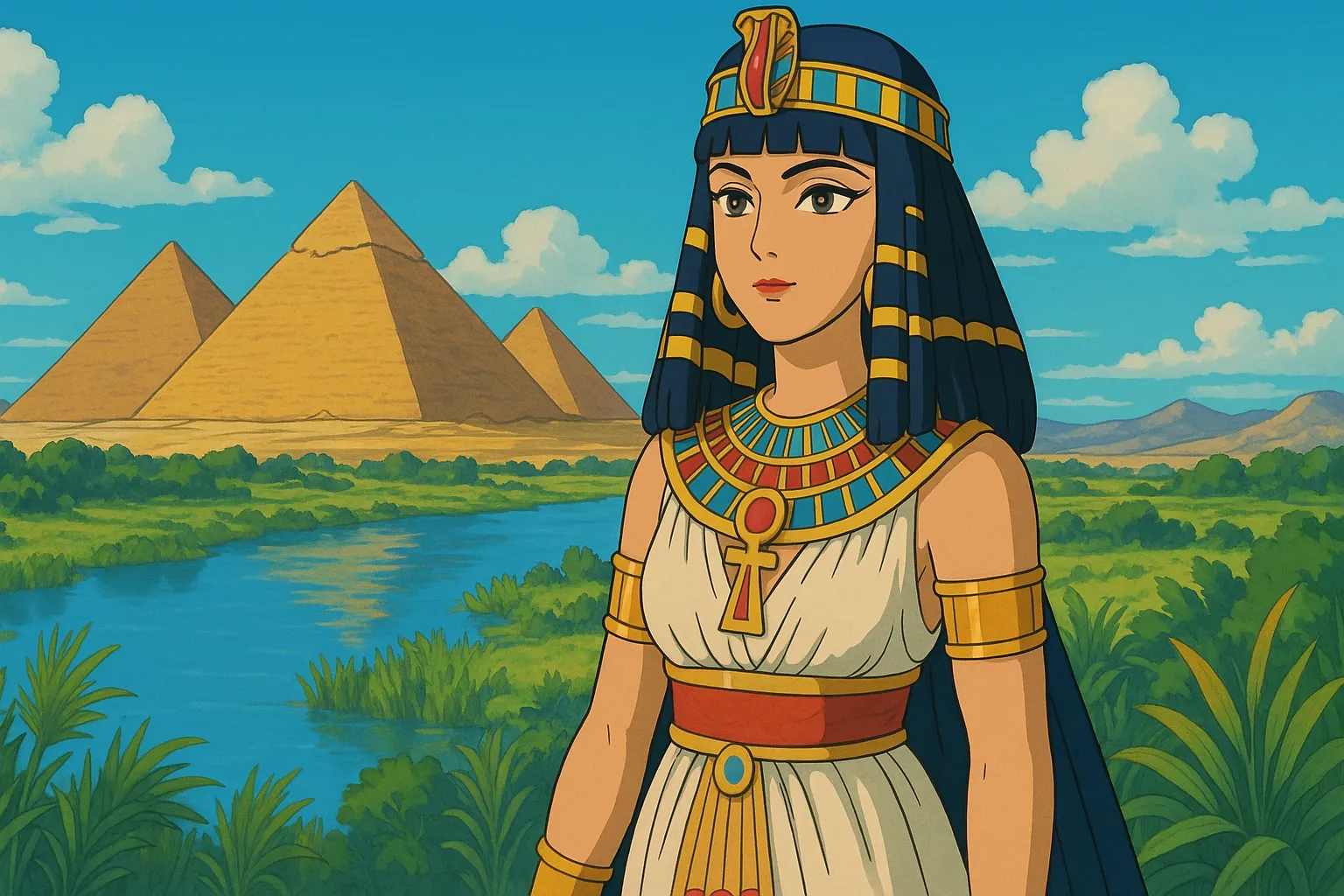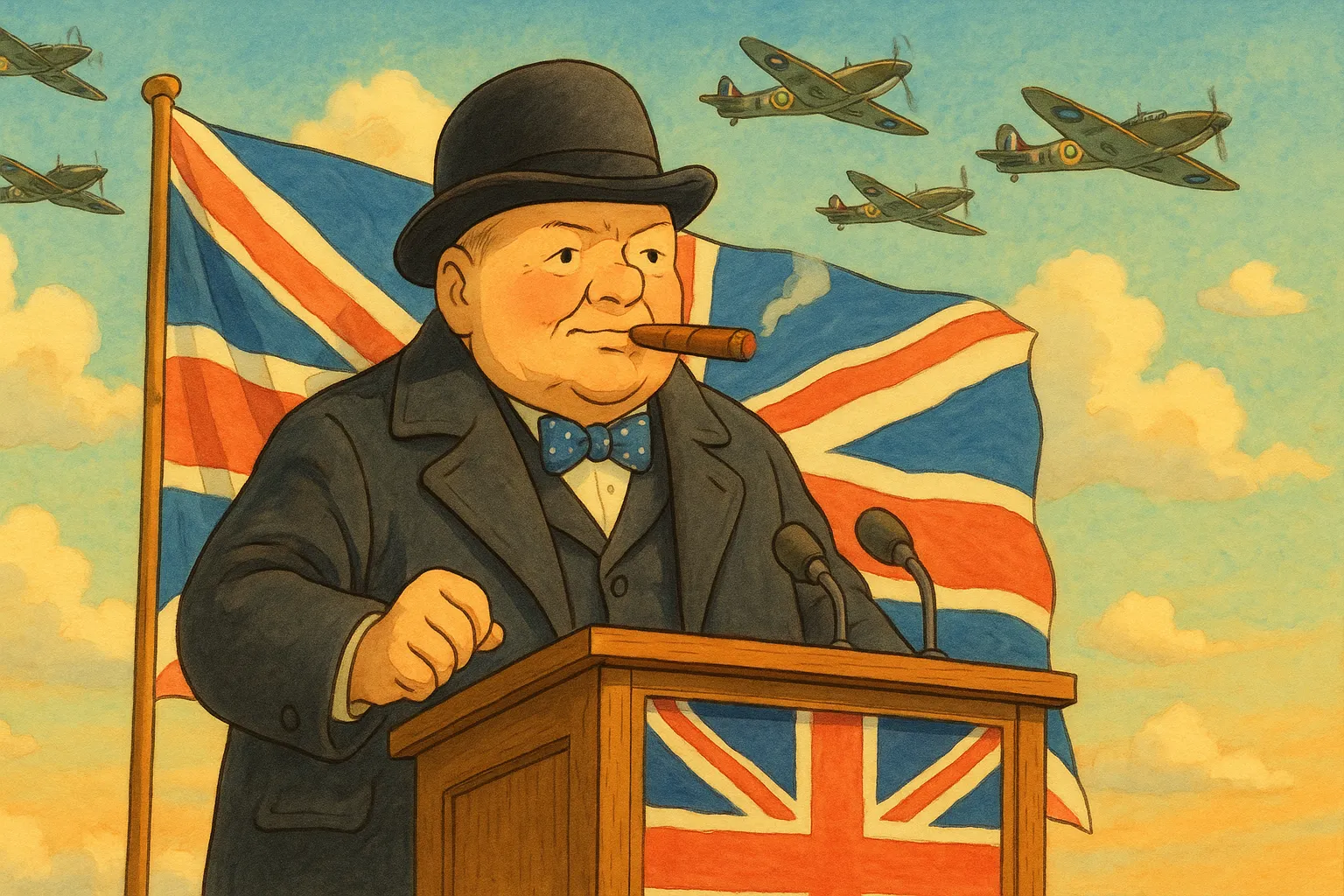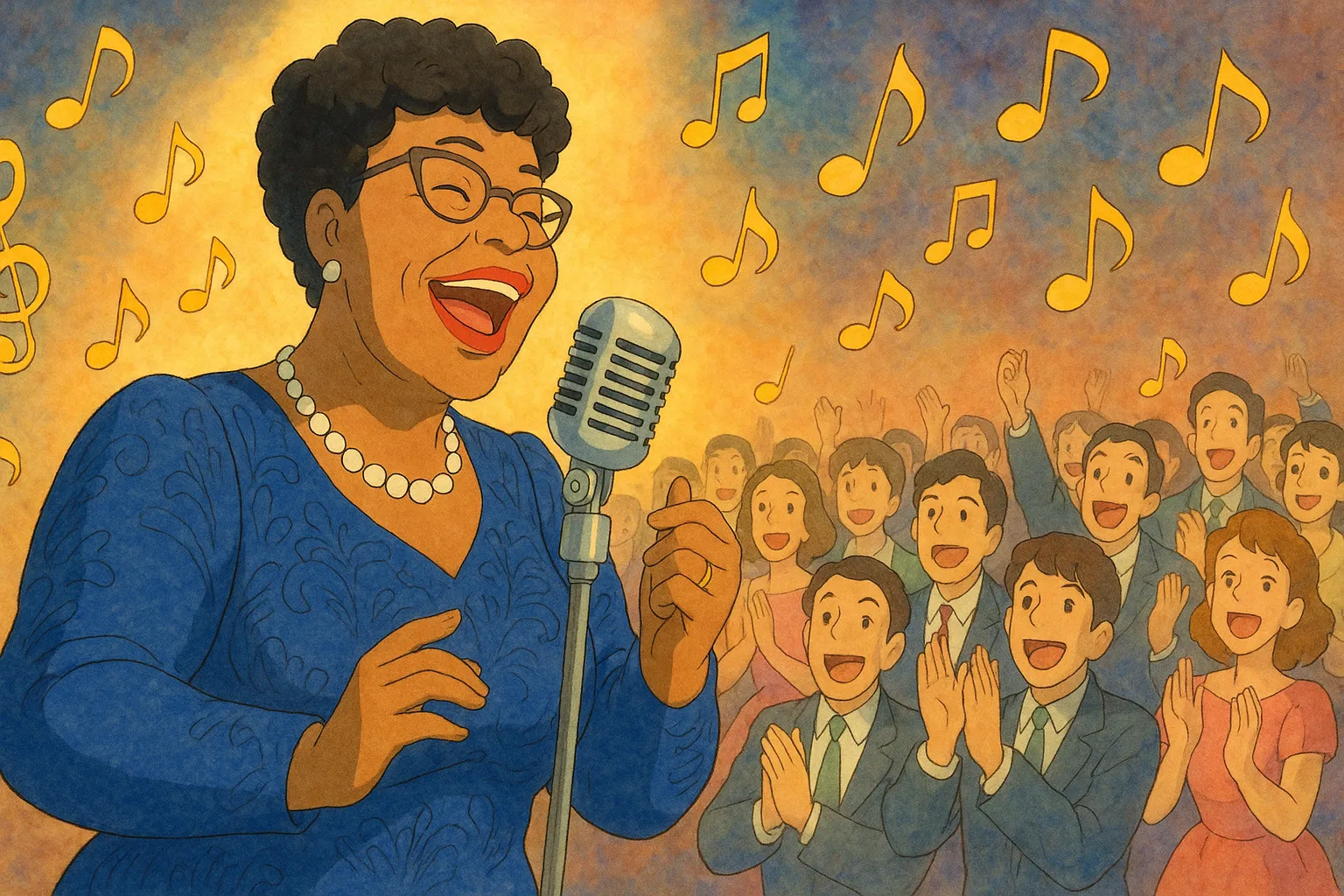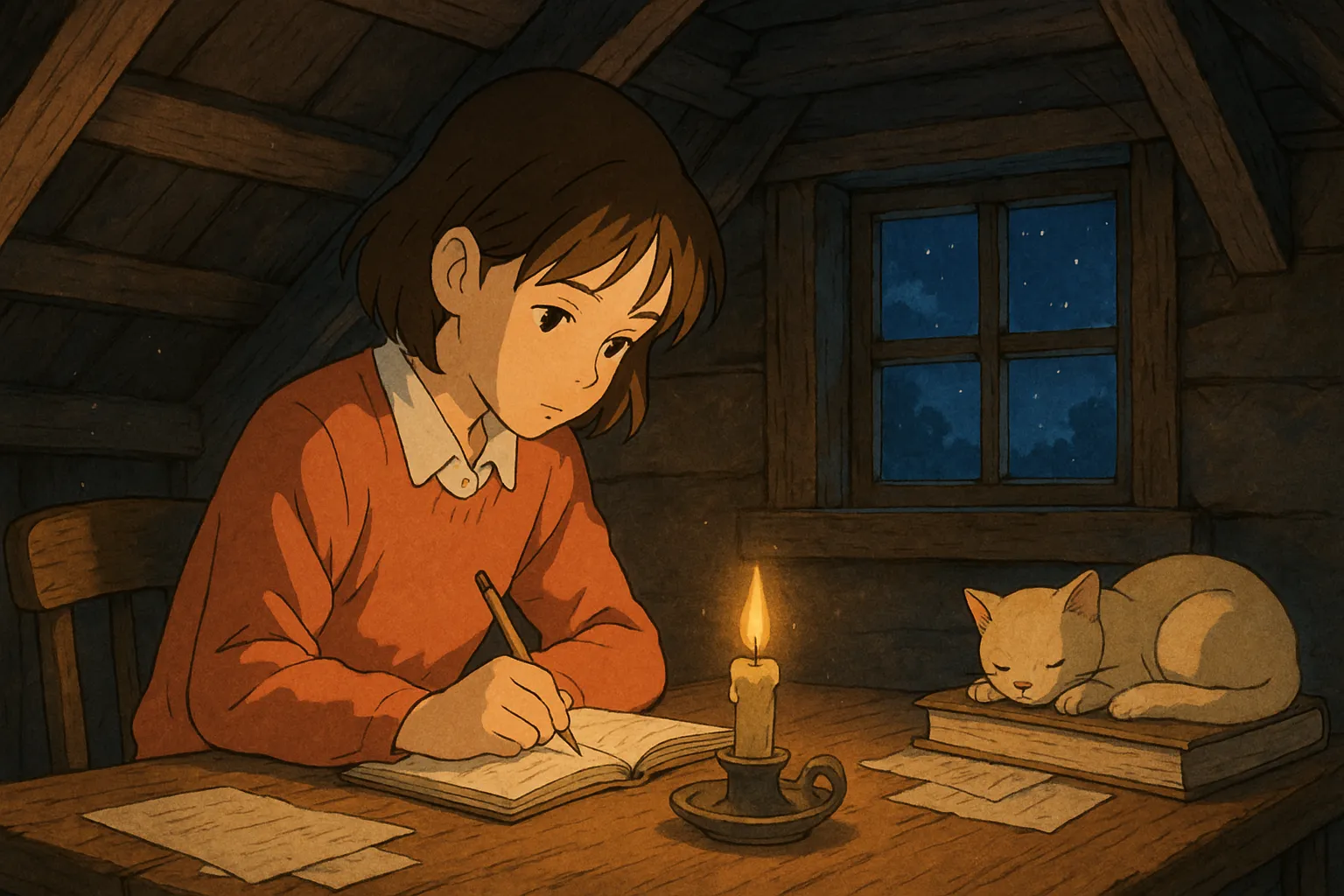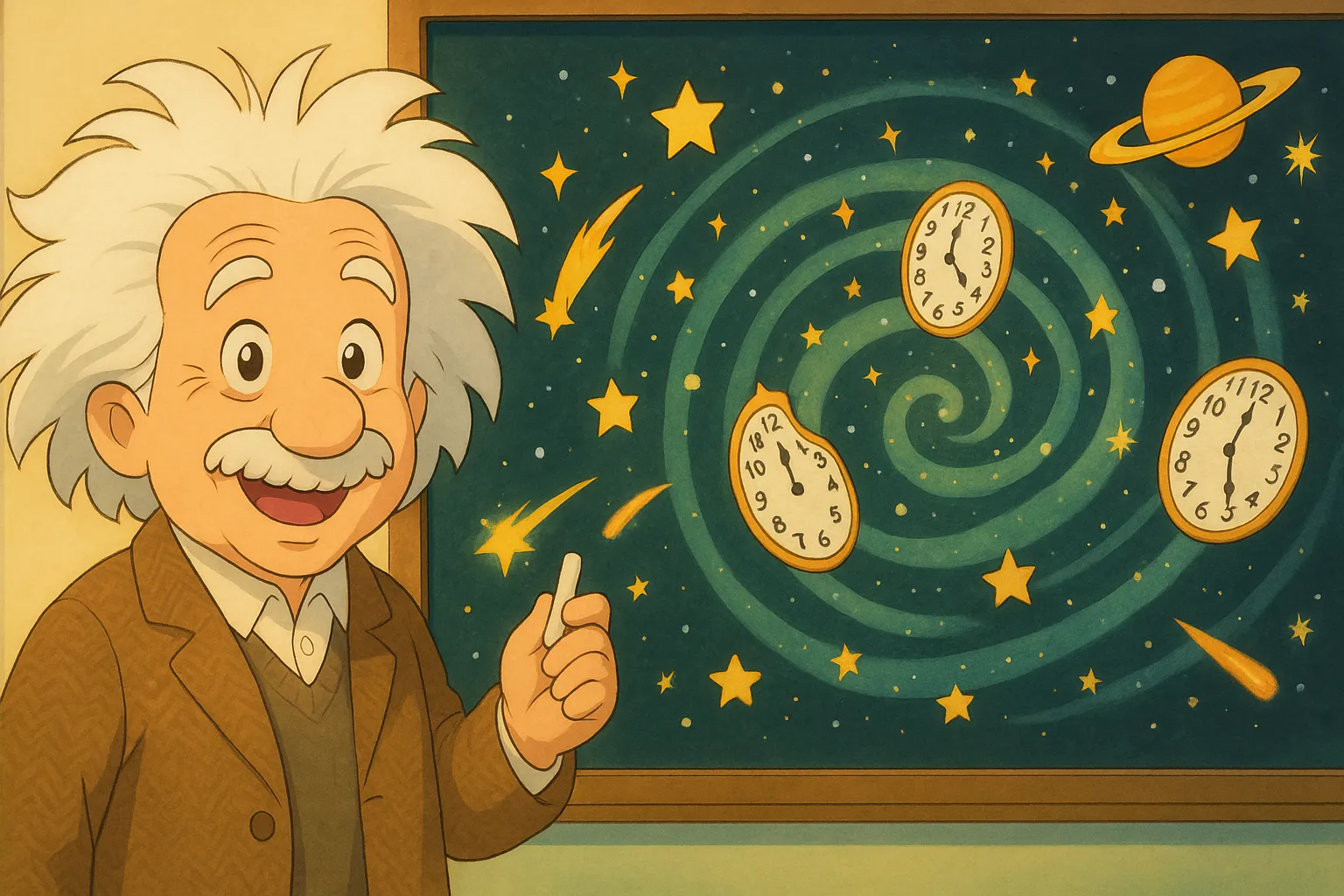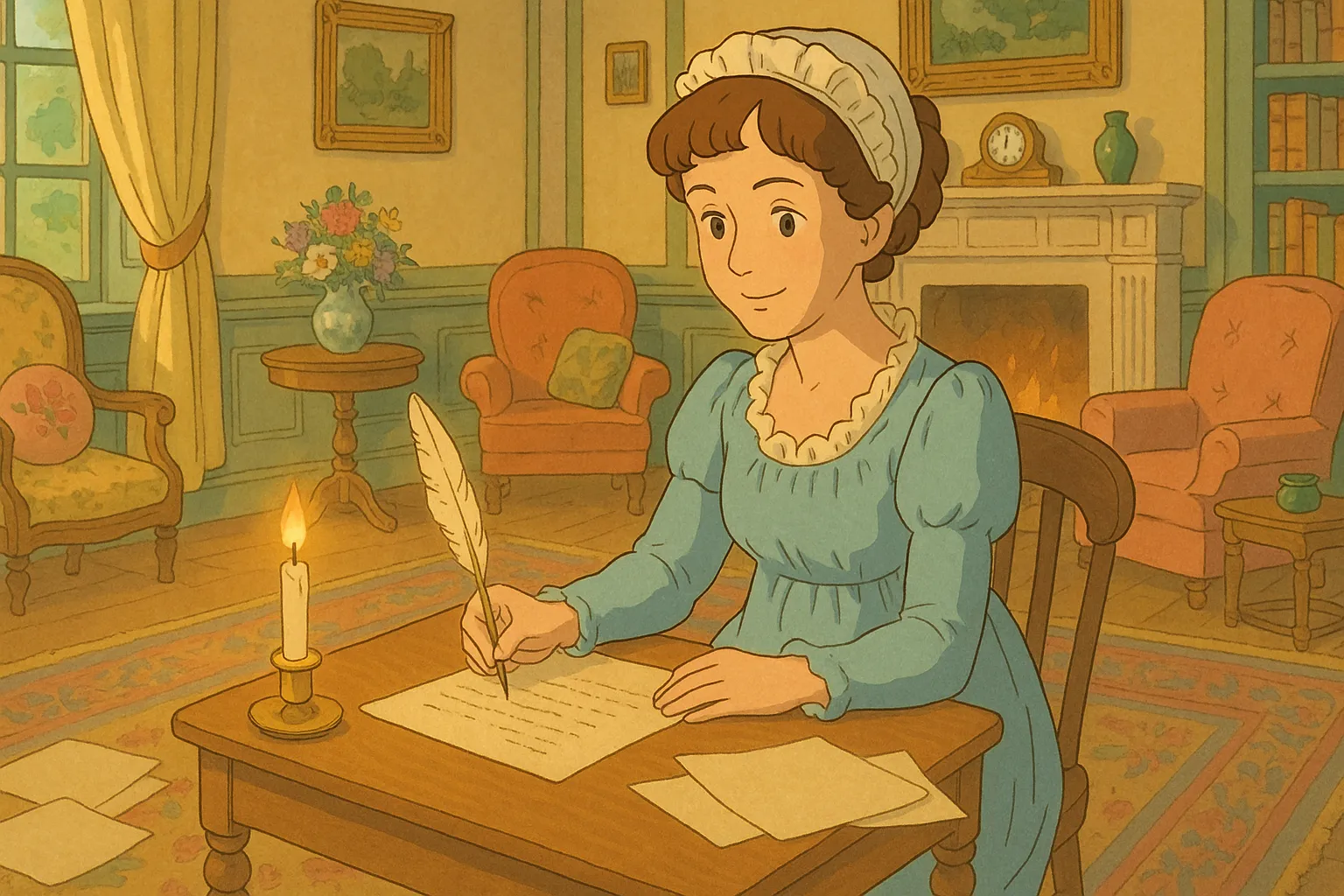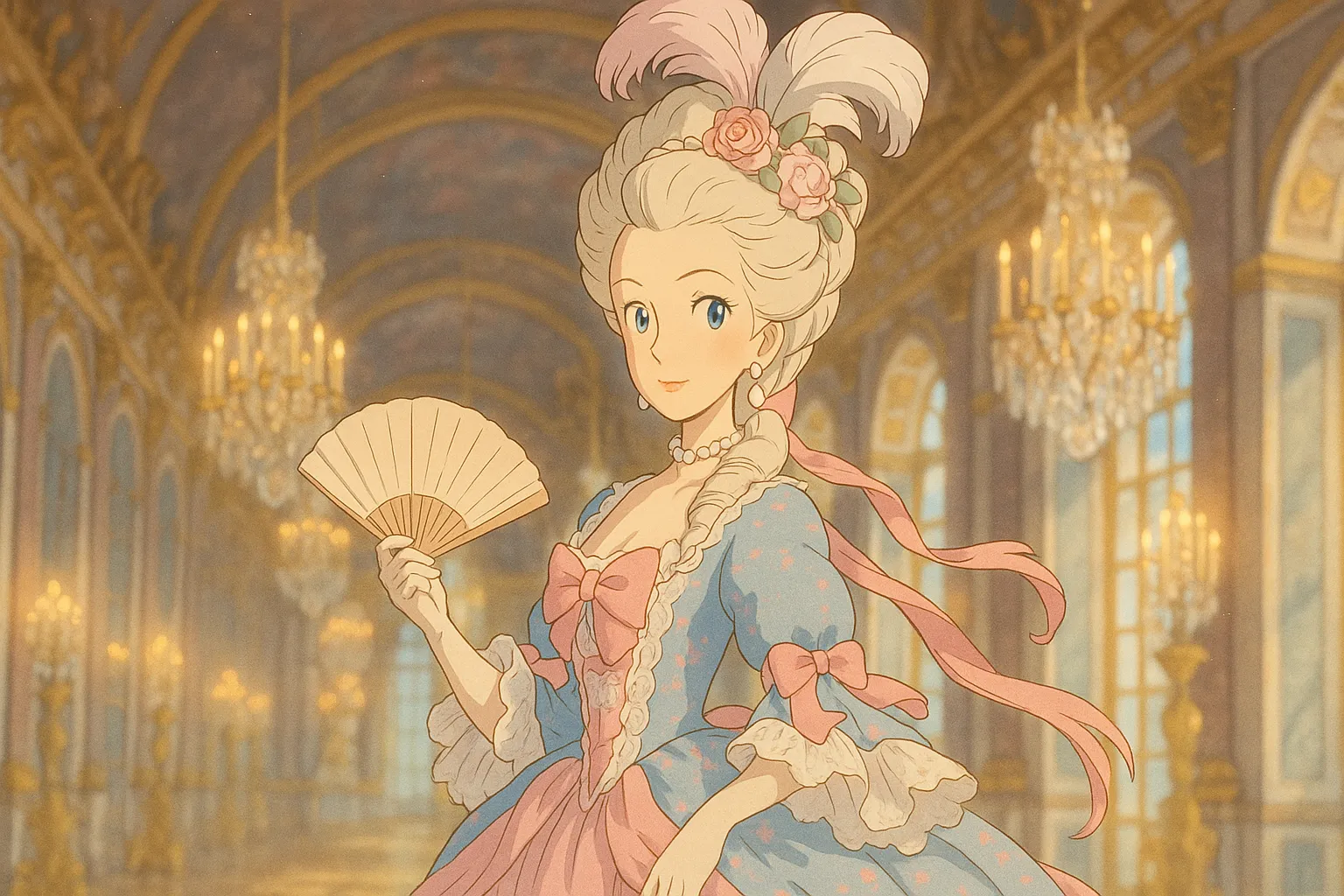
Frequently Asked Questions
Did Marie Antoinette really say "Let them eat cake"?
No reliable evidence links the phrase to her. It predates her and was likely used as political propaganda to inflame public opinion against the monarchy.
Who did Marie Antoinette marry?
She married the future King Louis XVI (then the Dauphin Louis-Auguste) in 1770 as part of a diplomatic alliance between Austria and France.
What happened to her children?
She had four children: Marie-Thérèse (survived and lived into adulthood), Louis-Joseph and Sophie (died in childhood), and Louis-Charles (styled Louis XVII, who died in captivity).
How did her life end?
After a revolutionary trial, she was convicted of treason and executed by guillotine in October 1793 in Paris.
Did she have political power or make government decisions?
Her direct political power was limited. She attempted to influence court appointments and diplomacy at times, but critics often exaggerated her role for political reasons.
What was the Hameau de la Reine at the Petit Trianon?
It was a pastoral retreat Marie Antoinette created at Versailles — a staged 'peasant' village and model farm where she sought private respite from court life.
Where can I see objects related to her today?
Many portraits, personal items, and rooms associated with her are displayed at the Palace of Versailles and in museums across Europe and North America.
